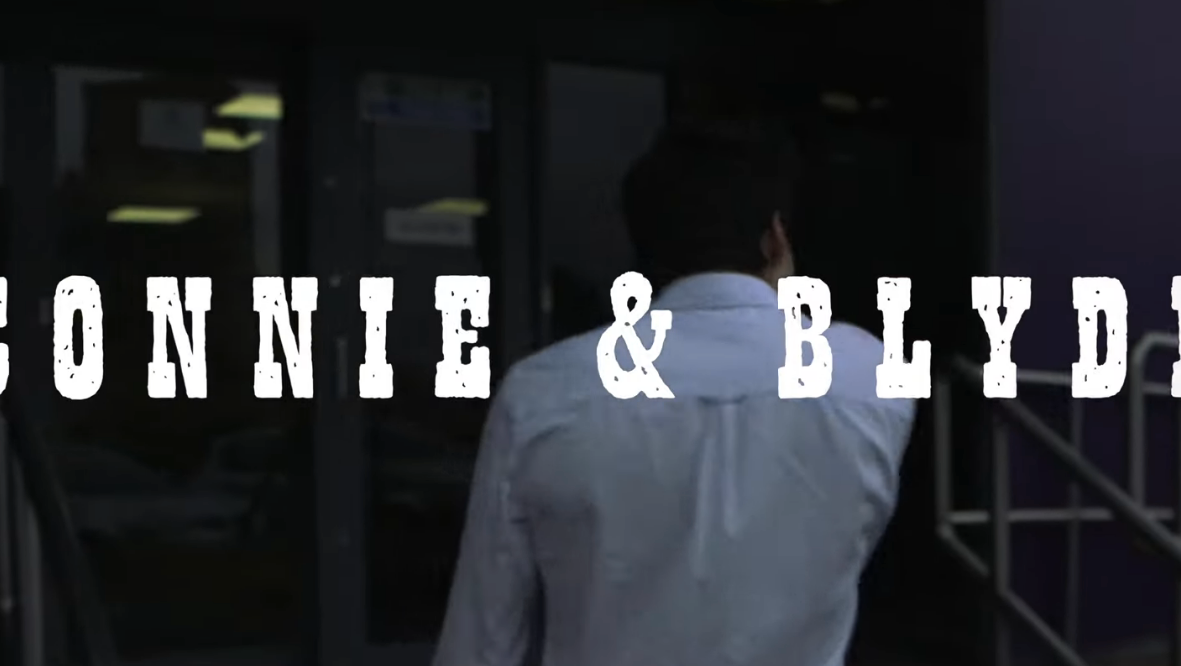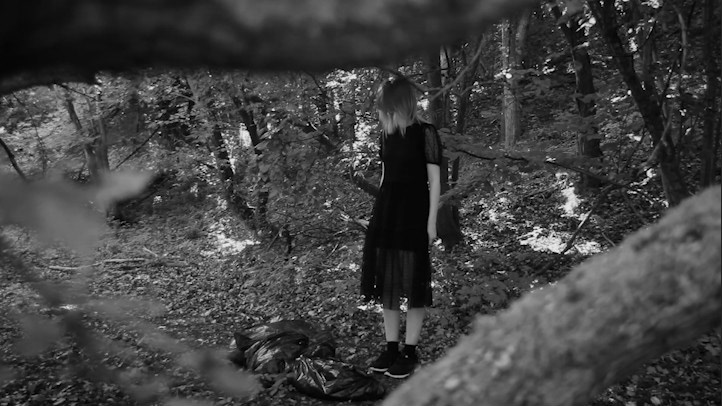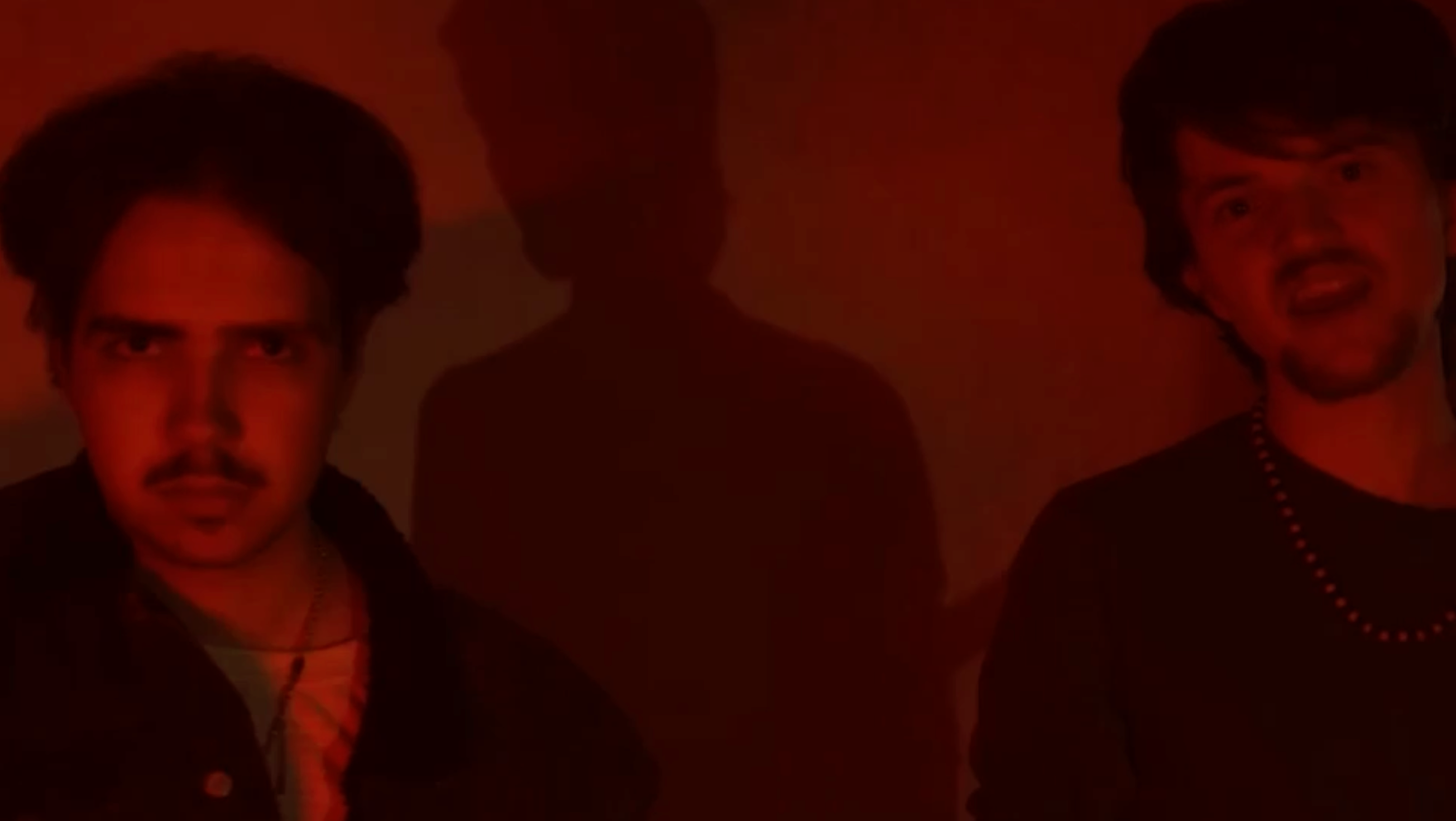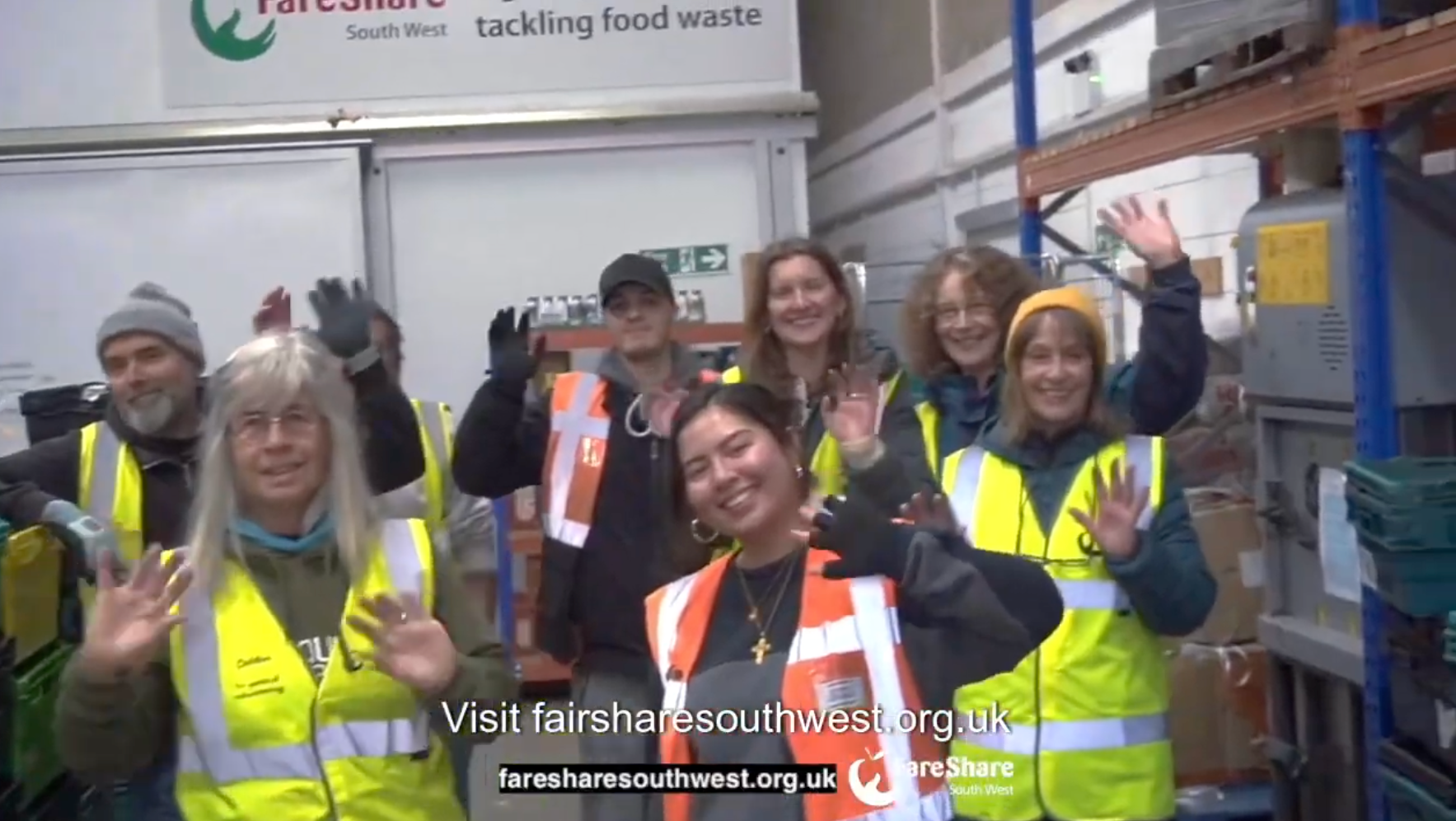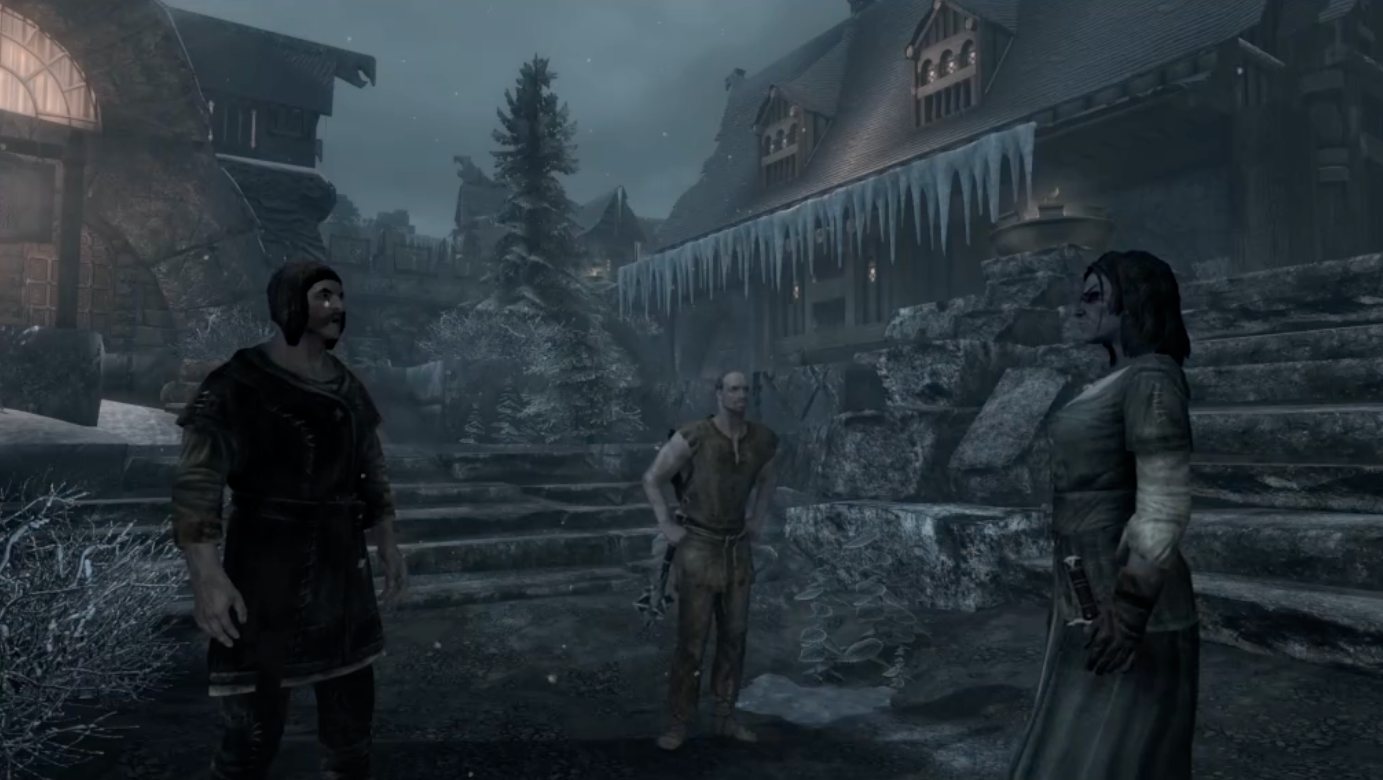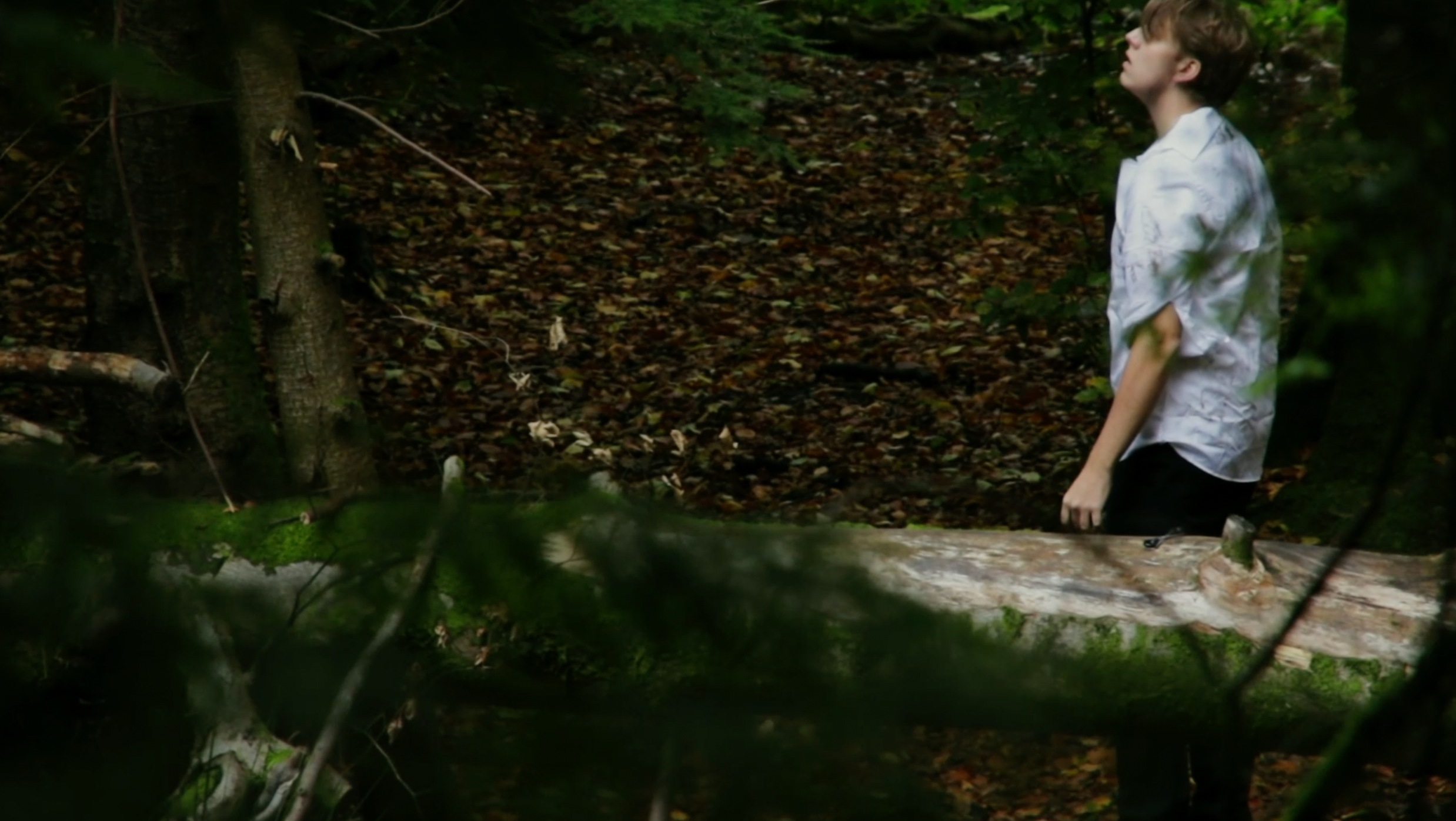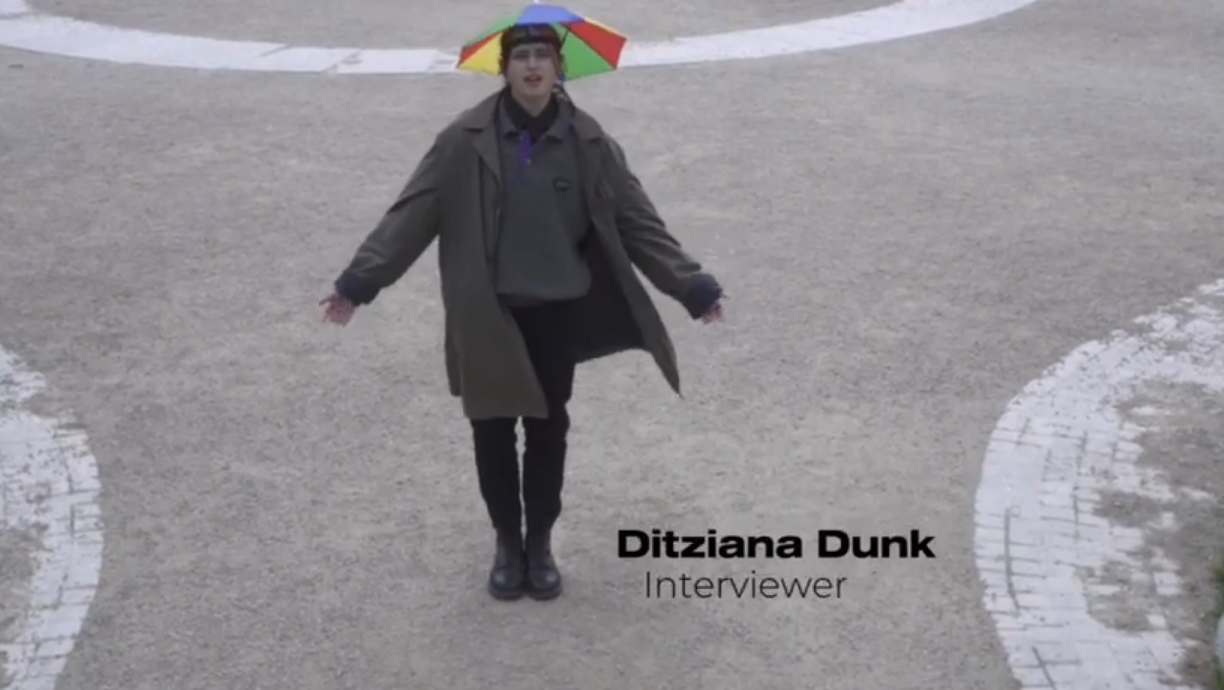An American Silent Comedy inspired short created during my first "sprint" at film uni. The brief was ten 10 second live stills.
As part of my university course, I have to write evaulations about each piece. Here is my evaluation on The Headwear:
Originally, I was confused as to what to make for the live stills brief. Then, mid conversation via Whatsapp with my A Level film studies teacher, it hit me. It was this time last year I was studying Buster Keaton, and remembered he used a stationary camera with long takes (as there was no other way he could film). In order to storyboard and write my short, I watched Keaton shorts such as “One Week” and “The High Sign.” All Keaton shorts almost have the same narrative; man going about his day, something happens, narrative snowballs and then the resolution. I used this structure to write my short film. I also noticed that Keaton breaks the diegesis through his use of expressionism, which is also something I wanted to replicate. I cast Dan Scott, as I had seen his performance in his live stills project and thought he could portray slapstick comedy perfectly. My intentions for this film were to create comedy and create something that is inspired by slapstick comedy but with a modern twist.
I believe that this project was highly successful. Everyone who had watched the film said that it was very clearly meant to be an American Silent Comedy inspired film, and everyone found it comedic. This hit both of my intentions. Dan’s modern costume of a cap (also the thing that helps move the narrative forwards), denim jeans and a hoodie also shows that this is still set in modern day, which also breaks the diegesis, as the audience feel as if they are watching something made in the 1920s. Whilst music was not used in silent comedy, the soundtrack I chose helps imitate a short you would find on YouTube, which again helps the audience believe that they are watching something from the 1920s. In post-production, I changed the frame rate from 25fps to 20fps, in order to make it look like it was undercranked (as the cameras in the 20s were hand cranked), which sped up the film. I then also added a black and white LUT combined with a film grain overlay to make it look even more convincing. Overall, there were little limitations affecting my aims, and I believe I achieved my aims successfully.
However, in terms of reaching the brief, I did not do this successfully. I never had any intention to speed up my shots, which meant my live stills were less than 10 seconds. Next time, to avoid this, I would film my shots for 15 seconds, which meant that I would be able to speed this up and still achieve the brief. I also ended up with 9 live stills when the brief wanted 10. This was because I did not like how the 10th one looked, so I removed it from the final edit. Again, next time, I would make sure I filmed more than 10 live stills, so even if I did not like one I would still have more options. To conclude, I believe that my live stills project successfully achieved the aims I had set, even though I did not hit the brief.

